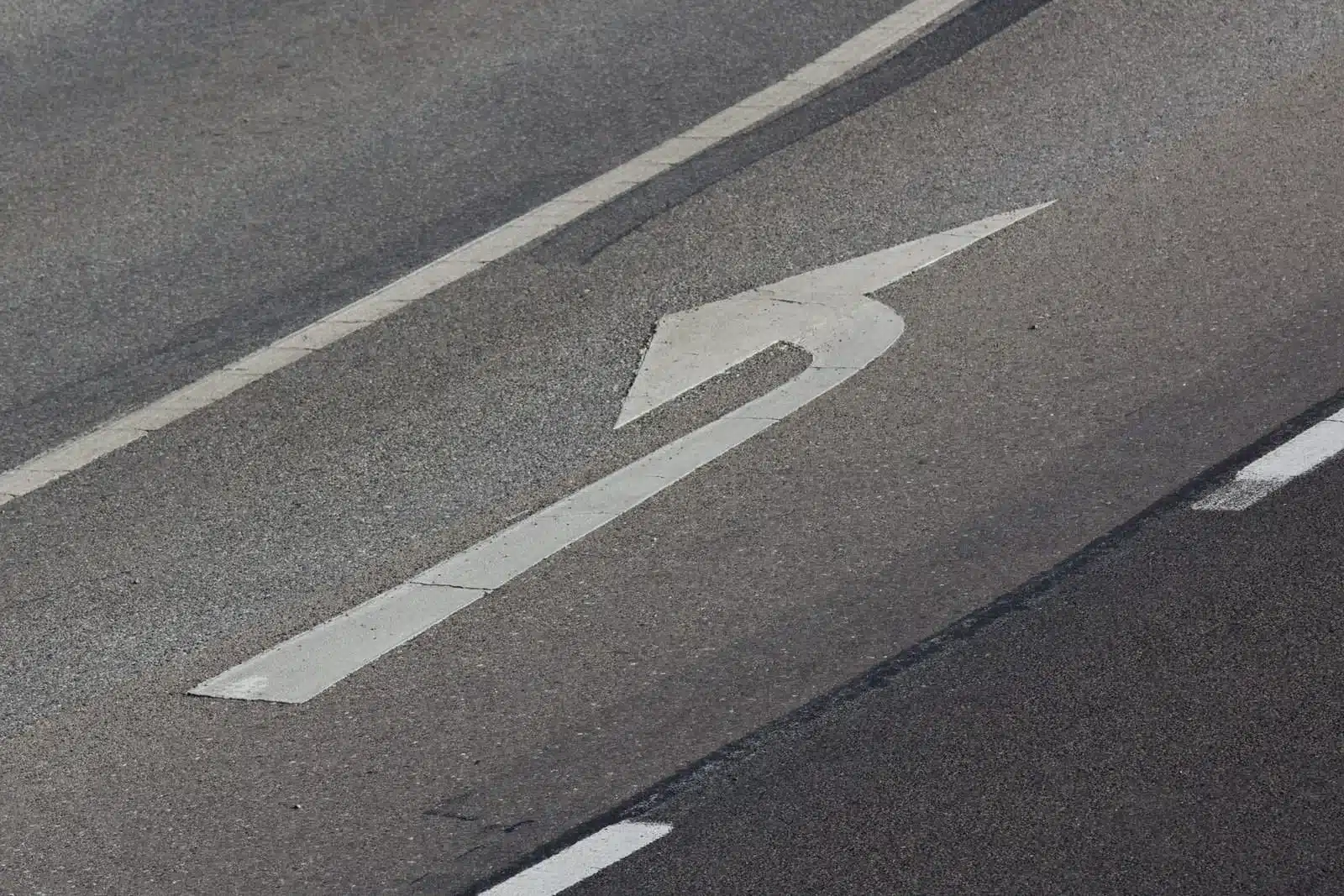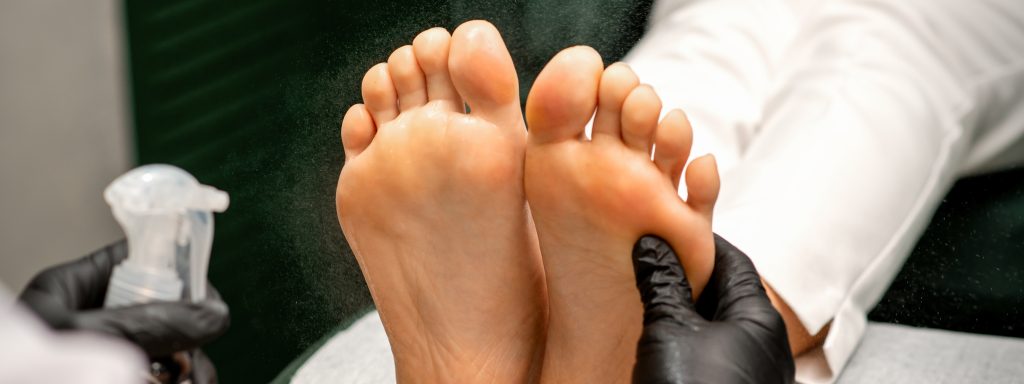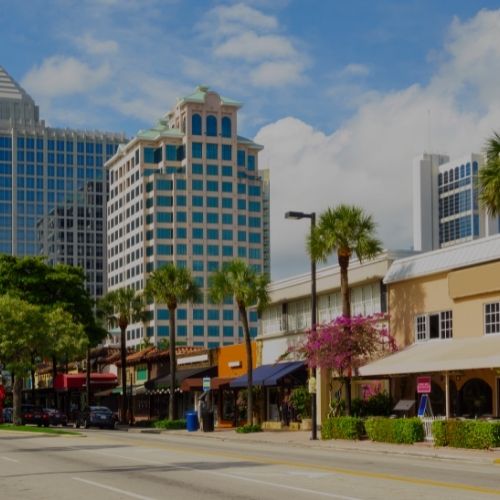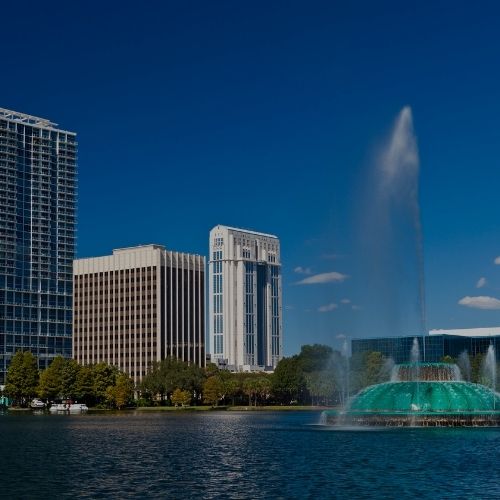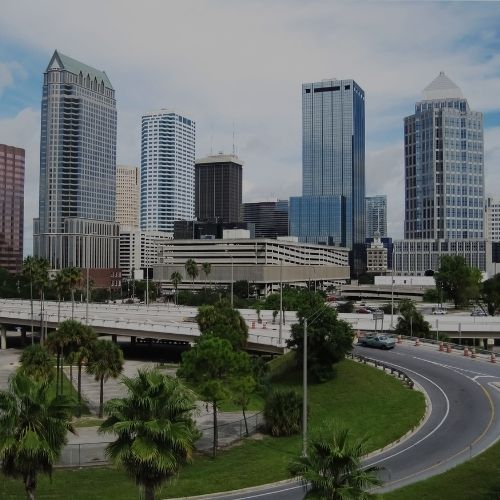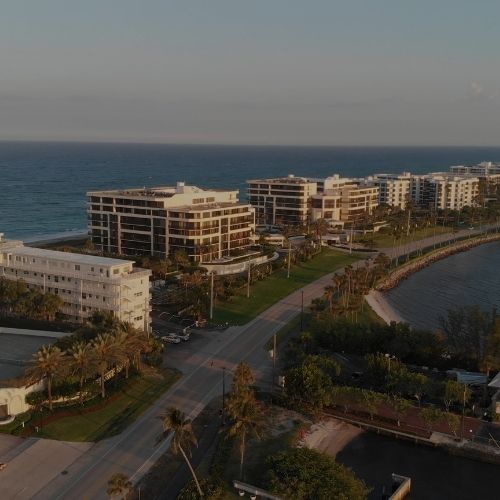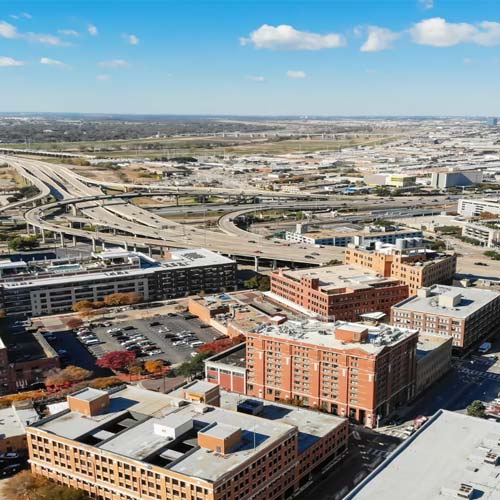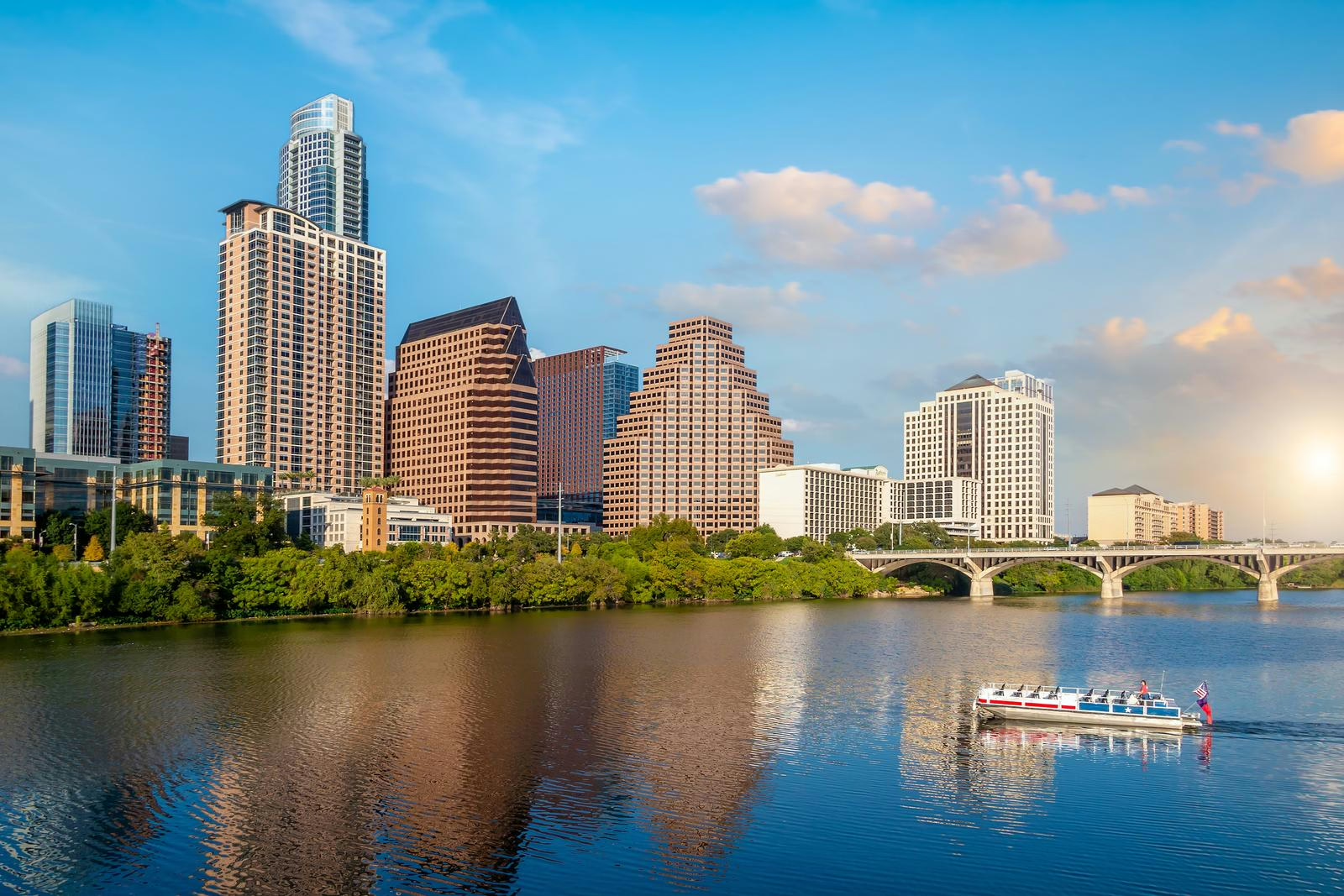Who’s at Fault for a Left Turn Accident?
Left turn accidents can be complicated, fast, and dangerous. In the blink of an eye, two vehicles collide; often leaving drivers confused about who was in the wrong. At RTRLAW, we’ve helped countless auto accident victims across Florida and Texas navigate these tricky cases and recover the compensation they deserve.
In most cases, the driver making a left turn is considered at fault. This is because traffic laws typically require left-turning drivers to yield to oncoming traffic. When a driver misjudges the speed of oncoming vehicles or tries to “beat the light,” a collision is likely to occur.
However, like most things in personal injury law, there are exceptions.
When Is the Left-Turning Driver Not at Fault?
Although the left-turning driver is usually held liable, there are important exceptions where they may not be fully (or even partially) to blame.
Here are scenarios where the other driver might be at fault:
- Running a Red Light: If the oncoming driver sped through a red light or stop sign, they could be fully at fault even if you were turning left.
- Speeding: If the other vehicle was traveling far above the speed limit, the left-turning driver may not have reasonably seen or anticipated how fast they were approaching.
- Driving Under the Influence: An intoxicated or impaired driver may not have had proper control of their vehicle or obeyed traffic signals.
- Distracted Driving: Texting, eating, or even using GPS while driving may cause the other driver to react too late or miss the turn signal entirely.
- Sudden Lane Changes: An oncoming vehicle that switches lanes at the last moment can make it impossible for the left-turning driver to avoid a collision.
These exceptions are important because they may affect how liability is shared under comparative negligence rules, especially in Florida and Texas, and knowing how the accident was caused can potentially make all the difference in your case.
What are Some of the Most Common Causes for Collisions That Occur During a Left Turn?
To better understand liability, it helps to consider the typical reasons left-turn accidents happen in the first place. Most of these scenarios involve one or more forms of driver negligence.
Here are the most frequent causes:
- Failing to Yield: The turning driver doesn’t wait for a safe gap in oncoming traffic.
- Obstructed View: Parked vehicles, weather, or roadway design block the driver’s line of sight.
- Distracted Driving: One or both drivers are distracted by their phone, GPS, or passengers.
- Speeding: An oncoming car is traveling well above the speed limit, reducing reaction time.
- Illegal Turns: A driver turns at a no-turn intersection or from the wrong lane.
- Yellow/Red Light Misjudgment: The turning driver miscalculates whether they have enough time to make the turn safely.
Each of these factors contributes to the complexity of determining fault, and how responsibility is assigned.
How is Fault Determined in a Car Wreck in Florida and Texas?
Both Florida and Texas follow comparative fault laws. This means each party involved in a crash can be assigned a percentage of fault, and their compensation is reduced accordingly.
For example:
- If you’re found 20% at fault and the other driver is 80% at fault, your compensation will be reduced by 20%.
- If you’re found more than 50% at fault in Texas, you may be barred from recovery altogether.
- Florida’s recent law (as of 2023) also bars recovery if you are found more than 50% at fault.
This makes the investigation and evidence collection stage critical. Dashcam footage, witness testimony, police reports, and traffic light data can all help determine fault in a left-turn collision.
What Should You Do After a Left Turn Accident?
If you’ve been involved in a left-turn crash, what you do in the minutes, hours, and days following the accident can make or break your case.
Here’s what you should do:
- Call 911: Always report the crash and request a police presence.
- Seek Medical Attention: Even if you feel okay, injuries like whiplash can appear later.
- Document Everything: Take photos of damage, injuries, skid marks, and traffic lights.
- Get Witness Info: If anyone saw the crash, their statement could support your version of events.
- Avoid Admitting Fault: Don’t apologize or admit blame at the scene.
- Call an Attorney: Contact RTRLAW before speaking to the insurance company.
These steps help protect your rights and give your attorney the tools they need to fight for full compensation; especially if the accident turns fatal.
Why are Left Turn Accidents So Deadly?
Left turn accidents may seem routine, but they are surprisingly dangerous and often deadly. This is because they combine multiple high-risk elements into one maneuver. Unlike rear-end collisions or fender benders, left turn crashes usually involve direct, high-speed impacts to the front or side of a vehicle, often referred to as “T-bone” collisions.
Here’s why left turn accidents frequently result in serious injuries or fatalities:
- Crossing Multiple Lanes: The turning vehicle has to cross several lanes of oncoming traffic, increasing exposure time and potential points of impact.
- Speed Differentials: Oncoming vehicles may be traveling at full speed (often 40+ mph), while the turning vehicle is moving slower or stopped; leading to severe collisions.
- Limited Visibility: Drivers may have obstructed views due to other cars, traffic signals, or weather conditions, making it harder to judge when it’s safe to turn.
- False Sense of Security: Drivers often assume they can make the turn before oncoming traffic arrives, underestimating the danger.
- Lack of Protection: Side impacts (especially to the driver or passenger side) offer less vehicle protection than frontal crashes, leading to higher injury rates.
According to national crash data, intersections are some of the most dangerous places on the road, and left turns are one of the riskiest maneuvers a driver can make. For these reasons, it’s crucial to treat left turns with extra caution and meeting with an auto accident attorney who will be by your side every step of the way.
Let RTRLAW Help You Determine Fault and Seek Justice
Determining who’s at fault in a left-turn accident isn’t always black and white. Whether you were the car turning or the other vehicle involved, the facts matter and so does the legal team on your side.
At RTRLAW, our skilled car accident attorneys have decades of experience investigating complex collisions and holding negligent drivers accountable. We serve clients across Florida and Texas, offering free consultations and no fees unless we win.
Injured in a Left-Turn Accident? Call 833-HIRE-RTR or fill out our online form today for your FREE case review. Let’s get you the compensation you deserve.


 CALL US NOW
CALL US NOW TEXT US NOW
TEXT US NOW